Rachel Whiteread at Tate Britain
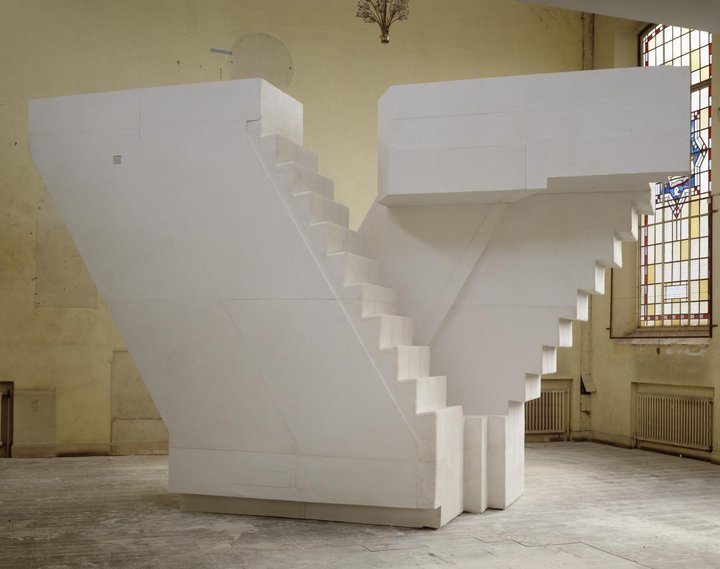
Rachel Whiteread is undoubtedly one of the greatest living British sculptors. She is sometimes unfairly lumped in with other members of her generation such as the YBAs, but she’s really doing something that’s all her own. It’s a practice that is easy to summarise. She makes casts of negative, unseen spaces: underneath chairs, inside hot water bottles, the interior of a house scheduled for demolition.
The result is a series of ghostly, uncanny shapes that are both reassuringly familiar and startlingly unexpected. Several are simply made with white plaster, which picks up the marks and (dis)colouration of the item cast, such as soot stains from the back of a fireplace or the pattern of index cards in a book. They encourage you to look again at the objects and spaces that we use every day and take for granted.
Other works, such as a powerful series of casts of hot water bottles, are made in a variety of materials, including resin, wax, rubber and silver leaf. Each entitled Torso, these pieces are like headless, limbless bodies, pointing to the pathos to be discovered in quotidian objects. This is Whiteread at her best.
The showcase offers an exciting curatorial experience that is new to Tate Britain. The entirety of the gallery space dedicated to, for example, the recent popular David Hockney exhibition, has had all the dividing walls removed to reveal one vast open space. It’s a fitting way of displaying Whiteread’s pieces, some of which, such as Room 101, are monumental in scale. There is little information on the walls, so visitors can choose whether to read the lengthy descriptions and analysis in the gallery guide to simply soak in the artworks in an order of their own choosing.
Another nice touch is how the exhibition stretches out into the surrounding galleries. Just outside are a series of works from the Tate’s collection chosen by Whiteread for their relevance to her art, and sitting proudly in the Duveen galleries is her stunning 1995 work Untitled (One Hundred Spaces). These examples put Whiteread in the context of British art and the development of contemporary sculpture, cementing the exhibition’s claim that Whiteread’s fame and media attention are well-deserved.
Anna Souter
Rachel Whiteread is at Tate Britain from 12th September 2017 until 21st January 2018. For further information or to book visit here.


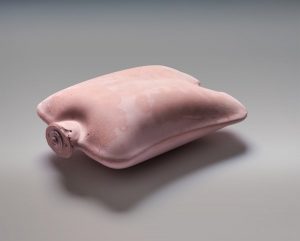
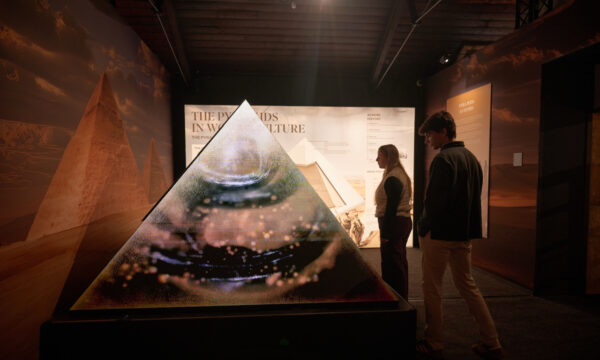
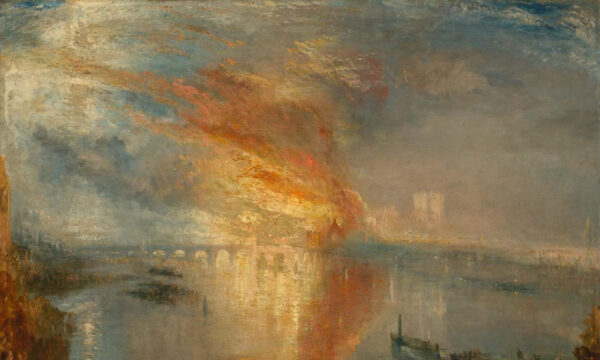
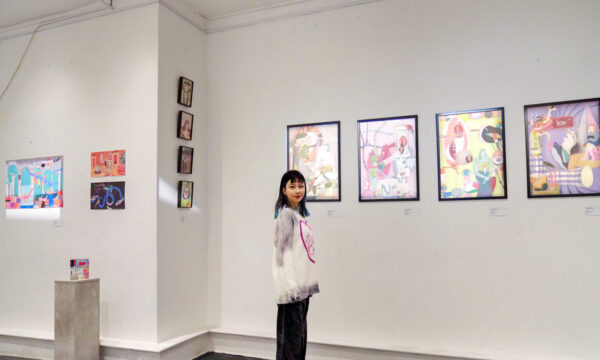
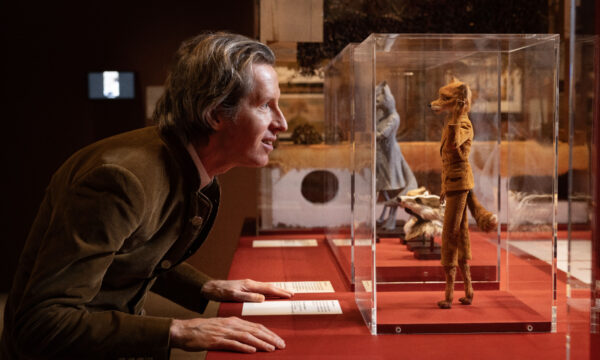
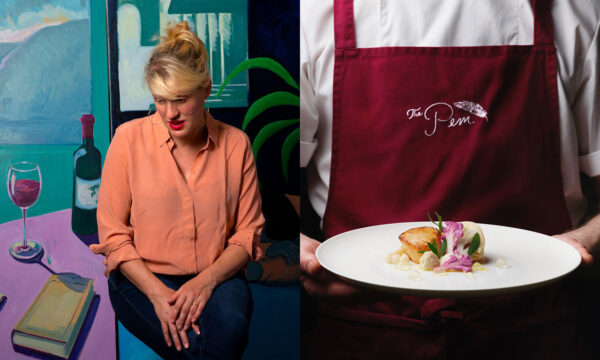
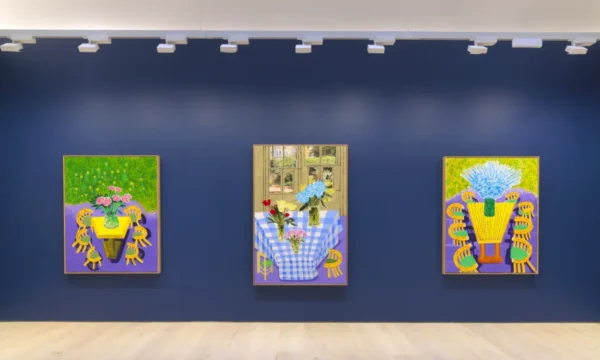
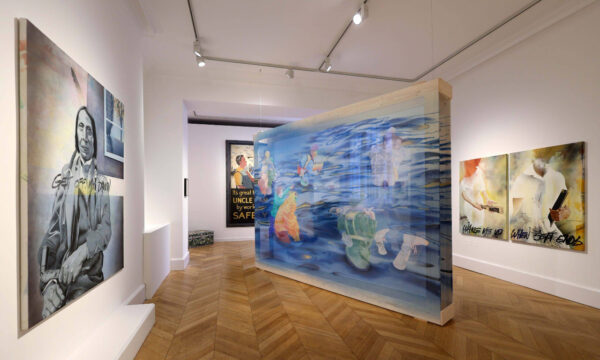
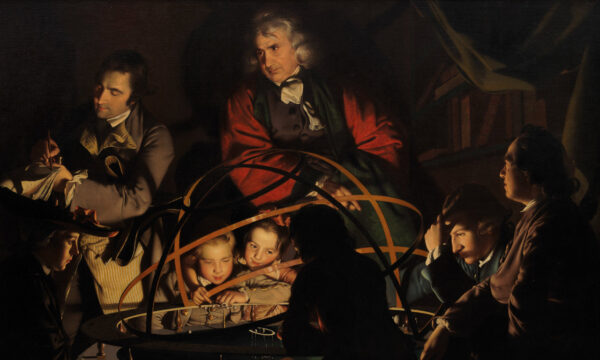
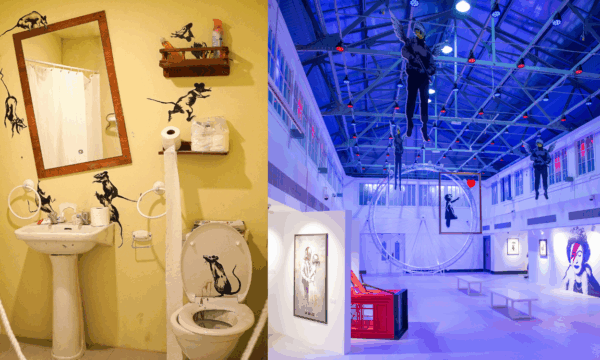
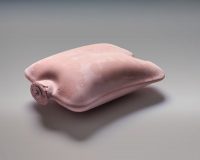
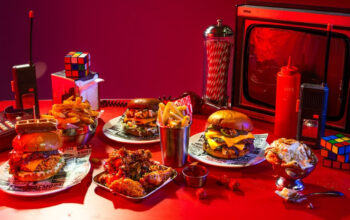


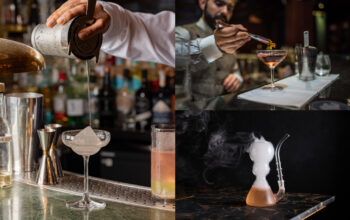



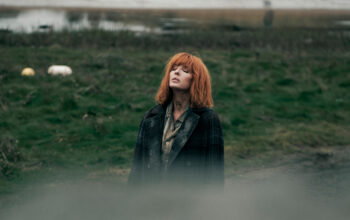


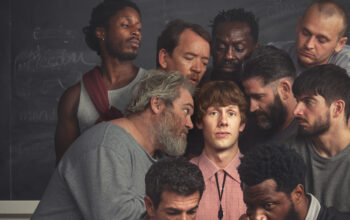


Facebook
Twitter
Instagram
YouTube
RSS